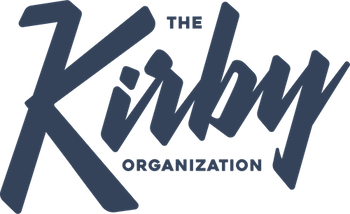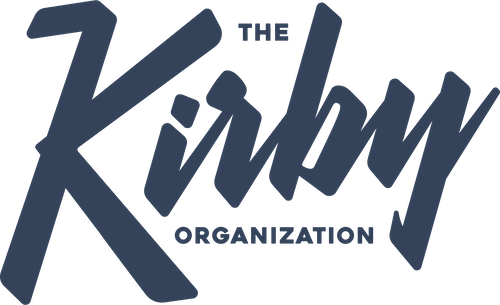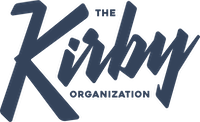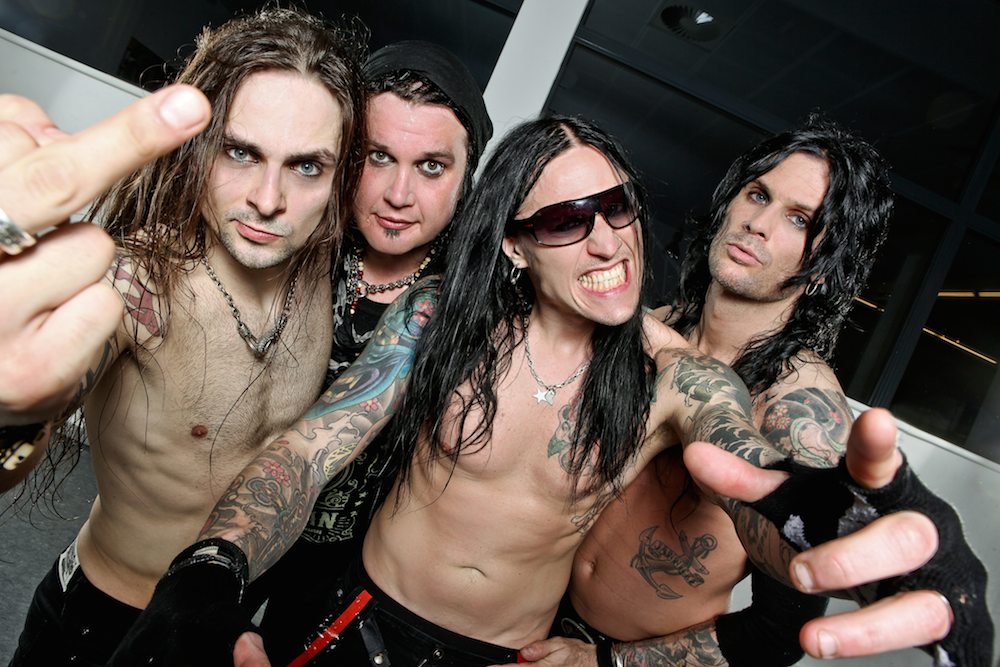Many bands play it safe – Hardcore Superstar doesn’t.
The Swedish four-piece had the balls to marry two styles that grew up hating each other. We’re talking about thrash metal and sleaze rock. The former hard, aggressive and ugly, the latter catchy, melodic and decadent.
The bastard child’s name?
– We play street metal, offers drummer Magnus “Adde” Andreasson. Thrash and sleaze both come from the gutter. They wear big sneakers, they are a bit stupid and they both read pulp fiction. I can’t believe that nobody brought them together before.
Hardcore Superstar did just that with the band’s fourth and eponymous album, released in 2005. But the quartet didn’t arrive overnight, rather paying its dues during a rocky but rewarding ride.
The roots can be traced back to the late eighties, when Adde was talked into playing the drums by older friend and neighbour Jocke Berg.
– I played the guitar and we tried our best with songs such as “Paranoid” and King Diamond’s “Shrine”, Jocke remembers.
The young teenagers, hailing from a small town just outside of Gothenburg, ended up in different bands, who in turn chose different routes from their Iron Maiden inspired beginnings. Adde opted for heavier stuff in Dorian Gray whereas the Jocke fronted Glamoury Foxx went in a glammier direction. Incidentally, Jocke took up singing thanks to one Thomas Silver, fellow guitar slinger in Glamoury Foxx.
Eventually, Jocke and Adde ended up together again. This time in Link, a classic rock oriented outfit with grunge leanings. They were joined by guitar player Fredrik “Fidde” Johansson and bass player Martin Sandvik, the latter having originally tried to lure Jocke away to his own band, Wanted. Link did the occasional gig and recorded a couple of demos before Adde headed west to pursue his dream.
– I kind of grew tired of Link, he confesses. I moved to Los Angeles to study at the Musicians Institute.
Link recruited drummer Mika Vainio and kept going until parting ways with Fredrik Johansson in the fall of 1997. The guitar player wanted to take the band in a psychedelic and arty direction – the other three just wanted to rock.
– I remember showing Fidde the riff to “Hello/goodbye”, Martin says. He turned his back on me and started to play scales on the guitar. He obviously thought the riff sucked.
The remaining members couldn’t be bothered, forging ahead and adopting the name Hardcore Superstar. Well, there was one little problem. Jocke already was quite a frontman, but being the sole guitar player? Naaah. As luck would have it, Thomas Silver had just left local rockers Green Jesus Saviours. Hardcore Superstar had a club gig lined up in Gothenburg, so Jocke asked his old bandmate to help out. Things clicked immediately and Thomas signed up as a permanent member.
His connection with Gain Productions helped Hardcore Superstar get “Hello/goodbye” and
“Someone special” onto a compilation album. The response was phenomenal and Gain duly offered the band a contract. And so in early 1998 the boys set out to record their debut album.
– We were influenced by the LA metal scene of the eighties, says Martin. You know, LA Guns and Faster Pussycat and the likes. But we also dug Oasis, as can be heard in “Someone special”.
The result, “It’s only rock’n’roll”, was released in October 1998.
– Putting out an album was awesome, Jocke gushes. I felt like a rock star. And then we got to support Motörhead in Scandinavia. It was like “wow, we’ve made it!”.
The initial 1000 copies of the album sold like hot cakes, and the second pressing sold out as well. Legendary UK label Music For Nations took notice, but Mika Vainio’s interest was waning. The drummer jumped ship in late 1998. The band was bummed out but quickly decided that this might’ve been a blessing in disguise. There was this guy in LA with a bit of skill behind the drums, remember. Thomas called Adde, suggesting he’d get his ass back to Sweden to play some proper rock’n’roll.
– I said yes on the spot, Adde remembers. I felt done with LA, especially after being in a pub brawl that sent me to the hospital. I was back in Sweden in less than a month after Thomas’ call.
Everything gelled as soon as the prodigal son returned. Hardcore Superstar signed to MFN but instead of having “It’s only rock’n’roll” re-released – as the label was pushing for – the band insisted on re-recording its best tracks plus a few new songs.
– We wanted Adde to be on the album, Martin says. Plus we’d written “Liberation”, “Have you been around” and some other great stuff.
The choice proved to be a wise one as soon as “Bad sneakers and a piña colada” was unleashed unto a wider audience in the spring of year 2000. The old songs benefitted from better playing and better production and “Liberation” and “Have you been around” both became successful singles. Together with lead-off single “Someone special”, they climbed the domestic charts and made Hardcore Superstar the first Swedish rock band to make it big in the new millennium. Pretty much the rest of the year was spent on the road. Hardcore Superstar played 169 gigs, including a European tour and visits to Japan and Canada.
– Those were our first proper tours, Martin says. Being in a tour bus for six weeks straight and getting to experience Japan was incredible.
Still on an adrenaline high, the band didn’t waste any time making a new album. This time, the objective was to explore the possiblities of the recording studio to the max. If “Bad sneakers…” was a case of “wham bam, thank you, ma’m”, the follow up “Thank you (for letting us be ourselves)” – released in September 2001 – was a meticulous piece of work. Hardcore Superstar’s American seventies’ classic rock record, if you will.
– That was our Aerosmith phase, Adde offers. “Thank you…” might not have been what people were expecting or wanting, but we wanted to stick our necks out. We really enjoyed taking our time and using all those expensive, vintage instruments. We even had a string quartet on there.
The album was recorded with producer Roberto Laghi at the helm. Halfway through the project, Hardcore Superstar got the chance to open for AC/DC at a sold-out show (more than 50 000 people) at Gothenburg’s Ullevi Stadium. The band shared the stage with friends and fellow local heavy hitters Lok, with whom they’d recorded the single “Staden Göteborg” earlier in the year. The reworked punk rock song – written by the Troublemakers – was the theme song for the music event Popstad Göteborg and had received lots of air play. Supporting Angus Young & Co remains a career high point.
– AC/DC is the ultimate party band, Adde gushes. The music is about pure energy. That’s exactly what we’re trying to achieve with Hardcore Superstar.
As a huge bonus and ditto honour, the guys were invited to open for AC/DC in Turin, Italy, again a few days later. “Thank you (for letting us be ourselves)” spawned the singles “Shame” and “Mother’s love/Significant other” ( a double A-side). The album and the singles all went top 20 in Sweden and Hardcore Superstar once again toured Europe and Japan.
A familiar pattern ensued. The band went straight to work – and the record turned out to be a very different beast to its predecessor. Released in the summer of 2003, “No regrets” was a sonically raw and decidedly more Britsih sounding affair. Misfits had always been a big influence, but spurred on by Roberto Laghi the quartet discovered, or rediscovered, bands like Buzzcocks, The Ruts and The Stranglers. The album was preceded by the single “Honey tongue” and “Still I’m glad” followed. Both made an impact on the domestic charts, but the latter’s title was not a good description of the mood in the Hardcore Superstar camp. Quite the opposite.
The heavy touring and heavy partying had taken its toll and spirits were low. After yet another European tour, things became ugly when the band went to the US for selected shows. Hardcore Superstar attended a party thrown at the Swedish consulate in New York City, and Thomas Silver got into a fist fight with a journalist from Swedish tabloid Aftonbladet. The short tour was completed, but the members knew they needed time apart.
– We were so tired of each other, Adde sighs. Tired of everything that had to do with Hardcore Superstar. It could’ve been two of us getting into a fight.
Back in Sweden, Hardcore Superstar went on a hiatus. The decision was made easier due to the demise of Music For Nations. The future was looking very uncertain, but there would be a twist of fate. Adde inherited an old house and spent the summer of 2004 refurbishing it with help from Martin. When at work, the guys blasted classic albums such as “Appetite for destruction“, “Dr Feelgood” and “Among the living” and found themselves smiling again.
– It was like a revelation, Adde remembers fondly.
– We just went “this is what Hardcore Superstar should be about!”. We had drifted away from our roots, in a way. It was time to write music from the heart and not listen to anyone but ourselves.
Adde and Martin had a new album mentally mapped out from the word go, and the writing process that followed was smooth and enjoyable. When all four members reconvened after more than six months apart, the chemistry was there again. Sparks were flying at rehearsals and everyone was pleased with the new and heavier direction, the self-proclaimed street metal.
Hardcore Superstar knew they had come up with their strongest material to date. In order to keep the vision pure, the band enlisted friends Johan Reivén (ex-Lok) and Christian “Rizsa” Isaksson to co-produce the record (with Adde and Martin) that was to put Hardcore Superstar back on the map. No-one outside that inner circle was allowed to listen until the album was wrapped. As a teaser, the single “Wild boys” was released in June. But even such a strong song couldn’t fully prepare the media and the audience for what was to come.
When “Hardcore Superstar” finally arrived on the Gain label – yes, the band was back “home” – in November 2005, jaws dropped. The album was given excellent reviews worldwide and songs like “We don’t celebrate Sundays“, “My good reputation” and “Bag on your head” – all three eventually picked as singles – became anthems.
The tour was a runaway success, with not just old fans turning out to celebrate the comeback.
– At last we appealed to the old school metal fans. It was so cool to have those long-haired and bearded dudes with denim jackets playing air guitar in front of us, Martin says with a smile.
The live power of Hardcore Superstar was captured on the dvd “Live at Sticky Fingers“, recorded in Gothenburg in March. The band toured Europe, made two triumphant trips to Japan (including an appearance at the prestigious Loud Park Festival) and played a number of European festivals, including a rousing performance in a jam-packed tent at the Sweden Rock Festival.
Having found a musical style and “modus operandi” that worked, the band was eager to start working on its a new album. It was decided that Adde and Martin should once again handle production duties, with old conspirator Roberto Laghi engineering.
The single “Bastards“, recorded as a one-off and released in the summer of 2007, proved this was a good idea. It went gold in Sweden and showed that Hardcore Superstar were still on a creative roll. Before going into IF Studio – the Gothenburg studio previously known as Studio Fredman but now owned by In Flames – to record the album, Hardcore Superstar played some festivals. The most remarkable thing was the return to Sweden Rock Festival, this time as support act to Aerosmith on the main stage. Filled with confidence, the guys didn’t have a problem immortalizing their new songs. The idea was to build on the strengts of “the black album“.
– We knew exactly what we wanted to do, Adde says.
The recording process was more enjoyable than ever, and you can really hear that we were super confident. Musically, we went for diversity. You know, making the hard stuff even harder and the choruses even grander.
“Dreamin’ in a casket” came out in November of 2007 and showed that “Hardcore Superstar” was no fluke. The album became another big-seller and the band went on tour to support it.
However, all was not hunky dory. Thomas Silver had lost a bit of his fire and found it hard to be on the road.
At the end of the first leg of the tour, he announced that he was quitting the band. Losing a long-standing member was a heavy blow, but Hardcore Superstar came up with a solution pretty much on the spot. The young and talanted Swede Vic Zino – whose band Crazy Lixx had been the support act on the tour – was chosen to fill the vacant spot for the Australian and Japanese dates that were just around the corner.
The Bosnia-born guitar player did a great job and was asked to join the band on a permanent basis. After some serious thinking, he accepted.
– I co-formed Crazy Lixx, so parting with my childhood friends was a tough thing to do, Vic confesses. But I just couldn’t turn down an offer to join Hardcore Superstar. Since the black album, I’ve been a big fan of the band.
With Vic properly on board, Hardcore Superstar played several European dates as well as some high profile Swedish shows. Selling out Lisebergshallen, the second biggest indoor venue in Gothenburg, was a high point.
There have been many in the ten-year history of the band – and there are many more to come.
The story continues…
